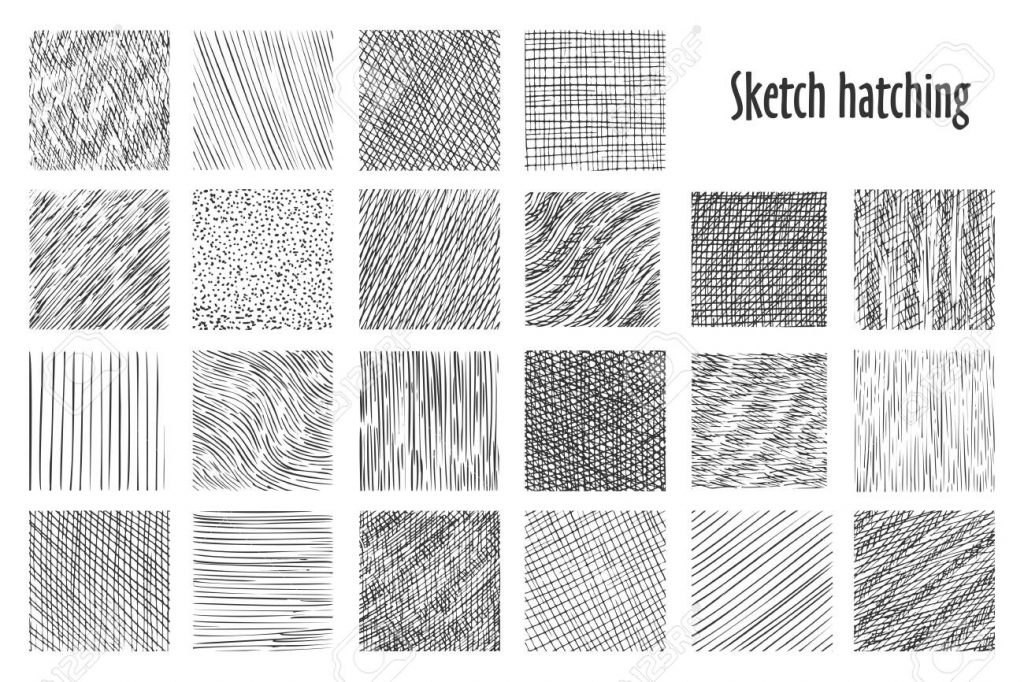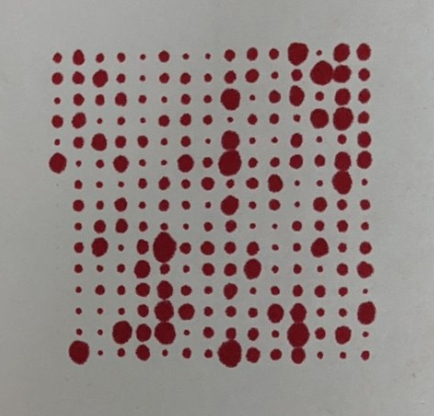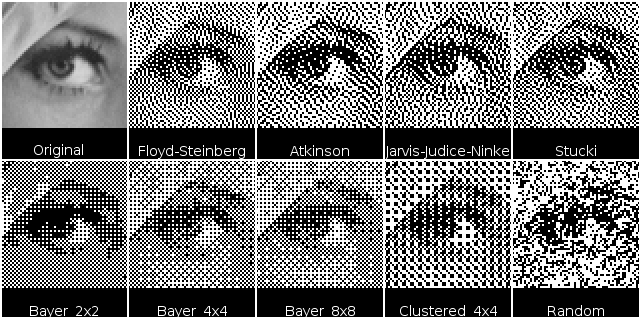Agenda
- Class visitor announcement: Iskra Velitchkova on 9/27; Licia He on 9/29.
- 1:30-2:00pm: Plot your line exercises G & H; magnet-pin them to the whiteboards.
- 2:00-2:30pm: Visit from Lenore Edman, creator of the AxiDraw
- 2:30-3:00pm: Discussion of exercises on the whiteboards + projection
- 3:00-3:15pm: Break
- 3:15-3:30pm: Hatching exercise
- 3:30-3:45pm: Hatching and dithering algorithms, discussion.
- 3:45-4:30pm: Work session.
Hatching


Revisiting the very foggy morning by the river. Blue gel pen on heavy paper. Big mood. #plottertwitter pic.twitter.com/JXorJEmIG9
— art for sale (@PhotoPuck) October 14, 2020
new portrait algorith #plottertwitter pic.twitter.com/Y8SyKYk91p
— Algorigraph (@algorigraph) October 17, 2020
Using pencils in the @EMSL AxiDraw to draw this young bluebird. #plottertwitter pic.twitter.com/wUcwhHUsd4
— Michael Fogleman (@FogleBird) May 28, 2020
Possibilities for dwell-time hatching:
Dithering
Dithering is the problem of rendering a continuous-tone (or high bit-depth) raster image with fewer bits.
Some easy ones are: Threshold; Random; Bayer. (How do they work?)
Floyd-Steinberg is the most common dithering method. it works by using error diffusion, meaning it propagates (adds) the residual quantization error of a given pixel onto its neighboring pixels, to be dealt with later.
for each y from top to bottom do
for each x from left to right do
oldpixel := pixels[x][y]
newpixel := find_closest_palette_color(oldpixel)
pixels[x][y] := newpixel
quant_error := oldpixel - newpixel
pixels[x + 1][y ] := pixels[x + 1][y ] + quant_error × 7/16
pixels[x - 1][y + 1] := pixels[x - 1][y + 1] + quant_error × 3/16
pixels[x ][y + 1] := pixels[x ][y + 1] + quant_error × 5/16
pixels[x + 1][y + 1] := pixels[x + 1][y + 1] + quant_error × 1/16
Dithering resources
If you enjoy this topic, here are two fantastic articles with lots of code for dithering:






